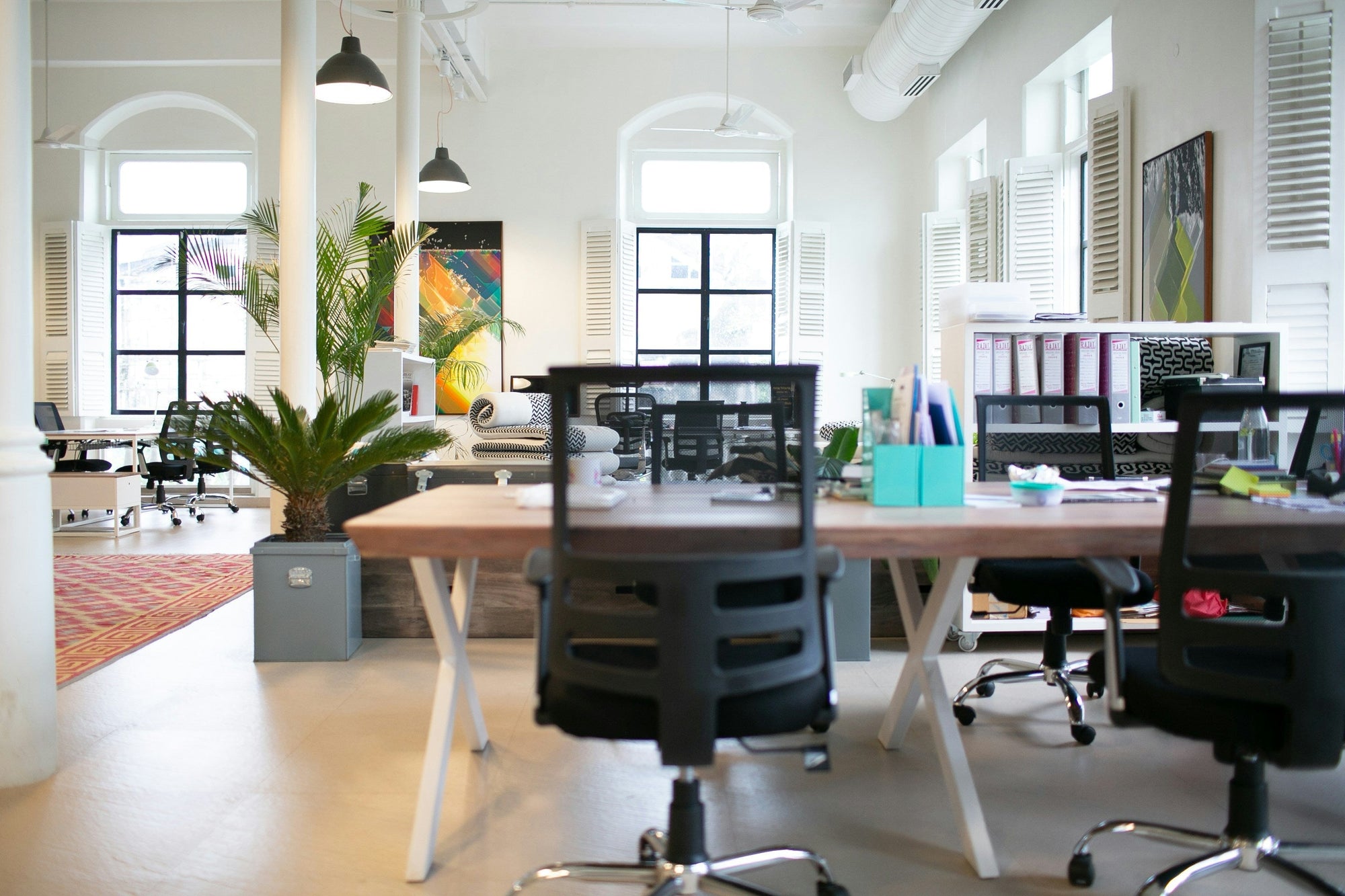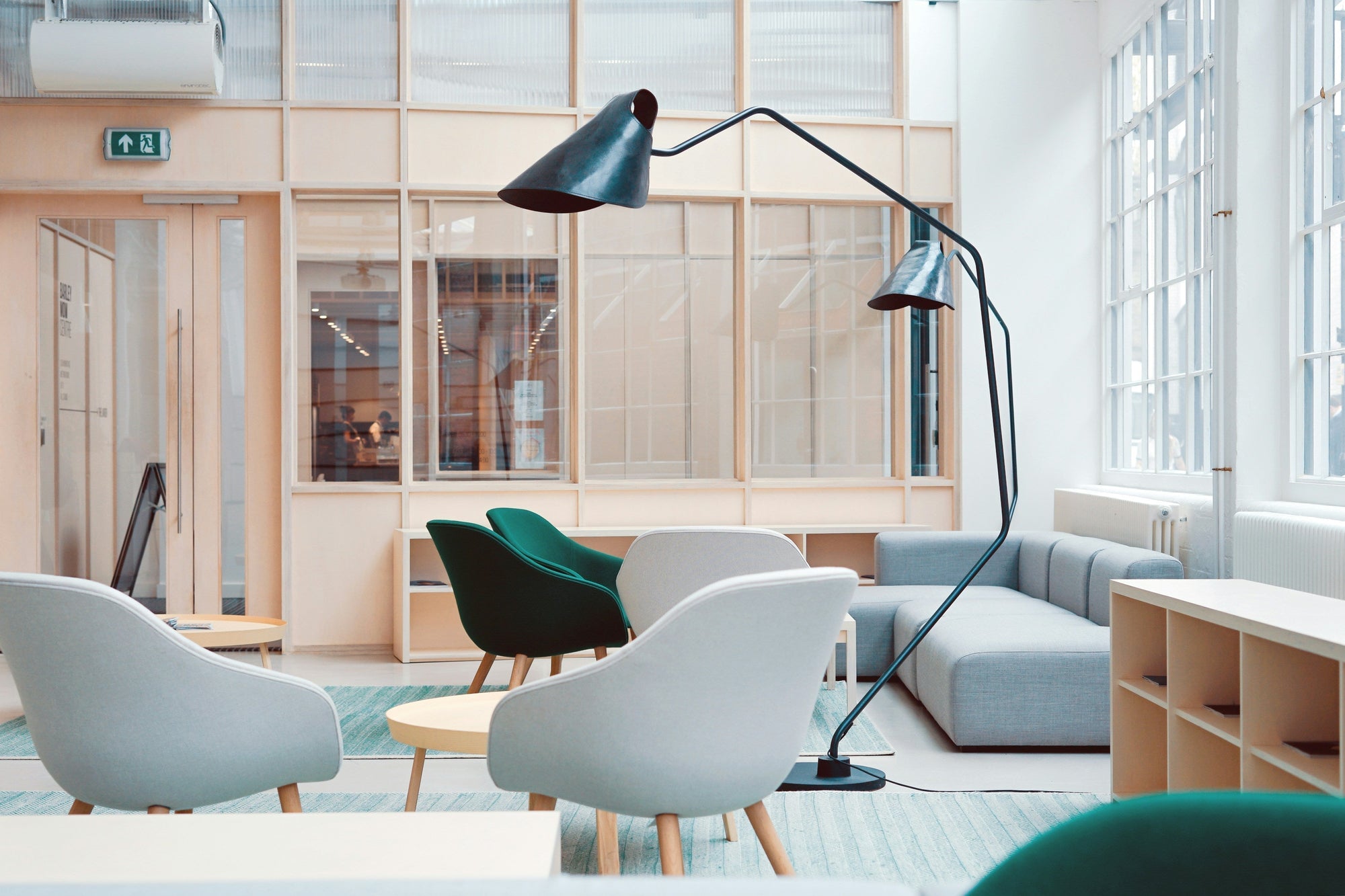Yes, office furniture is considered an asset for a business. Here’s an explanation structured with bullet points:
Office Furniture as an Asset
Definition and Classification
-
Asset Category:
- Fixed Asset: Office furniture is categorized as a fixed asset because it is tangible, has a useful life of more than one year, and is used in the operation of a business.
-
Examples:
- Desks, Chairs, and Tables: Essential items for daily business operations.
- Storage Units: Filing cabinets, shelving units, and bookcases.
- Reception Furniture: Sofas, chairs, and reception desks.
- Specialized Furniture: Lab benches, drafting tables, and ergonomic chairs.
Financial Accounting
-
Capitalization:
- Initial Cost: The initial purchase cost of office furniture is capitalized, meaning it is recorded as an asset on the balance sheet rather than an expense on the income statement.
- Depreciation: Over time, the cost of office furniture is depreciated. This means that a portion of the furniture's cost is expensed each accounting period, reflecting its usage and wear and tear.
-
Depreciation Methods:
- Straight-Line Depreciation: Commonly used method where an equal amount of depreciation expense is recognized each year over the asset’s useful life.
- Accelerated Depreciation: Methods like double-declining balance or sum-of-the-years’-digits, where higher depreciation expenses are recognized in the earlier years of the asset’s life.
Tax Implications
-
Tax Deductions:
- Depreciation Deductions: Businesses can deduct the depreciation expense of office furniture over its useful life, reducing taxable income.
- Section 179 Deduction (U.S.): Allows businesses to deduct the full purchase price of qualifying fixed assets, including office furniture, in the year they are purchased, subject to limits and conditions.
- Bonus Depreciation: In some jurisdictions, businesses may be allowed to take additional depreciation deductions in the first year.
Considerations
-
Useful Life:
- Determining Useful Life: The useful life of office furniture can vary based on factors such as quality, usage, and maintenance. Typically, it ranges from 5 to 10 years.
-
Residual Value:
- Estimated Residual Value: At the end of its useful life, office furniture may have a residual value, which is an estimated amount it can be sold for or its salvage value.
Conclusion
Office furniture is a significant investment for a business and is treated as a fixed asset. Its initial cost is capitalized and depreciated over its useful life, providing financial and tax benefits. Properly accounting for office furniture as an asset helps businesses manage their finances effectively and ensures accurate financial reporting.







